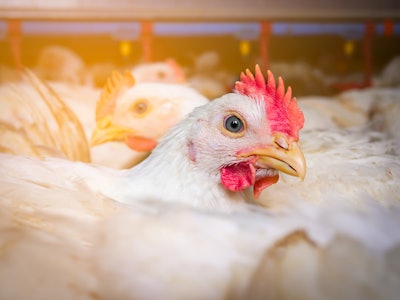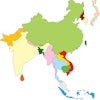
New Mexico reported the presence of highly pathogenic avian influenza (HPAI) in a commercial poultry, the state’s third positive case in Roosevelt County since April 12.
According to information from the United States Department of Agriculture (USDA) Animal and Plant Health Inspection Service (APHIS), HPAI was confirmed in a commercial hatchery in Roosevelt County on April 17. APHIS did not specify what type of hatchery was affected, but it did reveal that 51,800 birds were involved.
New Mexico only recently reported its first case of HPAI in commercial poultry flocks. H5N1 HPAI was confirmed in a commercial hatchery in Roosevelt County on April 12. The case involved 61,500 birds.
APHIS reported a second case in the state on April 15, impacting 15,300 poultry at a commercial hatchery, also in Roosevelt County.
The presence of the virus was also confirmed in six dairy herds since the start of April. APHIS did not offer information concerning in which counties those bovine cases were confirmed, but a World Organisation for Animal Health (WOAH) report stated that five such instances were confirmed in Curry County.
In accordance with rules set by WOAH, backyard poultry and dairy cattle infections should not impact global poultry trade. However, poultry operations may want to rethink biosecurity as a result and begin asking farm operators and workers if they had been around livestock in addition to backyard poultry and other birds to prevent the spread of the virus, Lindy Chiaia, National Turkey Federation (NTF) vice president of scientific and regulatory affairs, said at PEAK on April 17 in Minneapolis.
To learn more about HPAI cases in commercial poultry flocks in the United States, Mexico and Canada, see an interactive map on WATTPoultry.com.
View our continuing coverage of the global avian influenza situation.



















